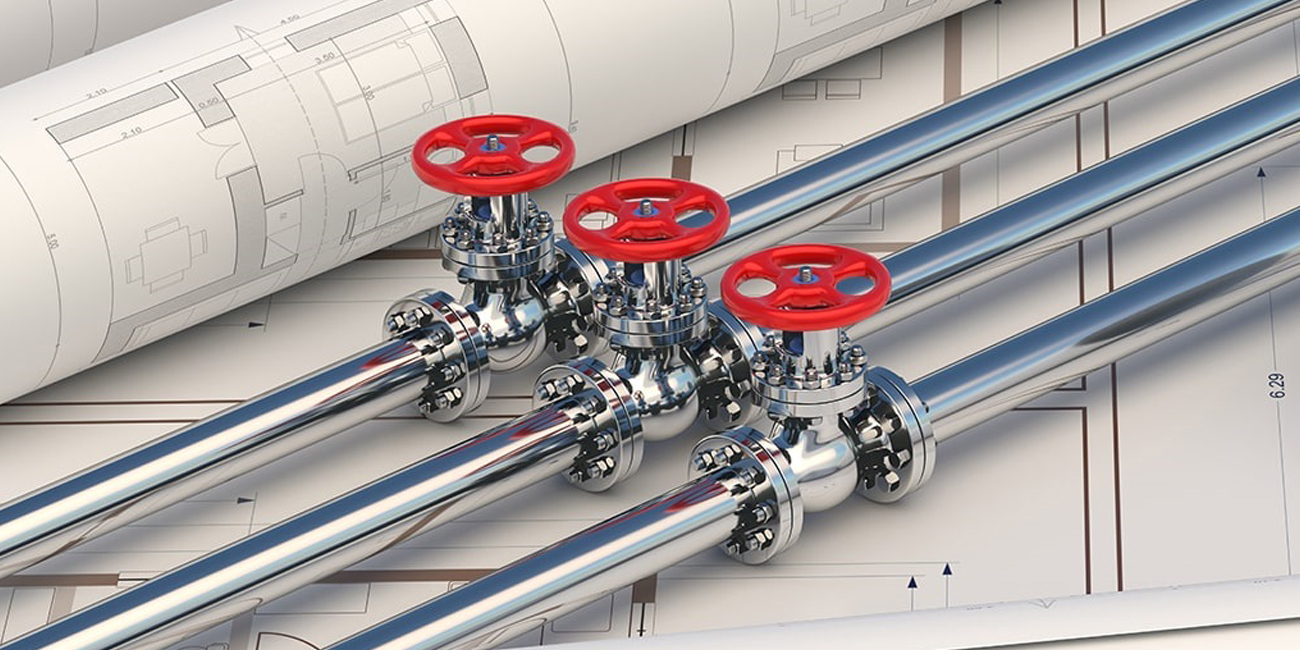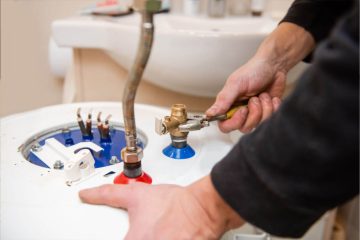When it comes to building or renovating a home, plumbing is one of the most critical systems to consider. A well-functioning plumbing system ensures that clean water flows into your home while wastewater is efficiently drained away. However, installing a new plumbing system can be a significant investment, and many homeowners are often unsure of the associated costs. In this guide, we’ll explore plumbing system installation costs and offer practical budgeting tips to help you manage expenses without compromising on quality. Whether you’re working with Southern Plumbing Works or other professionals like Plumber Repair Service Experts, understanding the factors involved in plumbing installations will help you plan more effectively.
Tools and trends in 2024 related to plumbing marketing
If you are seeking marketing services in the plumbing niche, look no further. Utilize various tools, such as Rapid URL Indexer, to address your site’s indexing issues and improve your rankings on Google for potential keywords.
Factors Affecting Plumbing System Installation Costs
Before diving into budgeting tips, it’s important to understand the primary factors that influence the overall cost of plumbing system installation. Several elements play a role in determining how much you’ll pay, and these can vary significantly based on your specific project.
1. Size of the Home
Larger homes naturally require more plumbing materials, longer pipelines, and additional labor hours. If your home has multiple bathrooms, a large kitchen, or extensive outdoor plumbing, the cost will likely increase. Homes with more square footage often need complex plumbing systems to accommodate multiple water outlets.
2. Type of Materials
Plumbing systems consist of various materials, including pipes, fittings, and fixtures. The type of material you choose can significantly impact the cost. Common materials include copper, PVC (polyvinyl chloride), PEX (cross-linked polyethylene), and galvanized steel. Copper pipes are typically more expensive but offer durability and resistance to corrosion. On the other hand, PVC and PEX are more affordable and easier to install but may not last as long.
3. Labor Costs
Hiring skilled professionals, such as those from Southern Plumbing Works or Plumber Repair Service Experts, will ensure your installation is done correctly, but labor costs will be a significant part of your budget. Labor costs can vary based on location, experience level, and the complexity of the job. In some areas, you may also need to factor in the cost of obtaining necessary permits and inspections.
4. Fixture Selection
High-end fixtures like designer faucets, showerheads, and toilets can elevate the look and functionality of your plumbing system but come at a premium. If you’re looking to keep costs down, opting for mid-range or standard fixtures may be a more budget-friendly option.
5. Additional Features
If you’re incorporating additional features like water filtration systems, energy-efficient appliances, or smart home technology into your plumbing, expect to pay more. These extras can improve the efficiency and sustainability of your system, but they come with an upfront cost.
Budgeting Tips for Plumbing System Installation
Now that we’ve covered the factors that influence costs, let’s dive into practical budgeting tips. These strategies will help you keep expenses under control while ensuring a high-quality plumbing system for your home.
1. Get Multiple Quotes
One of the most effective ways to control costs is by obtaining multiple quotes from different plumbing professionals. Reach out to companies like Southern Plumbing Works and others to compare rates. Make sure each quote includes a detailed breakdown of labor, materials, and any additional fees. This will help you identify the best value for your money and avoid hidden costs.
2. Prioritize Essential Areas
If you’re working within a tight budget, prioritize plumbing installations in essential areas of your home, such as the kitchen and bathrooms. These are the spaces where plumbing is most critical for daily use. You can always add non-essential features, like outdoor water lines or additional bathrooms, later when your budget allows.
3. Choose Cost-Effective Materials
While premium materials like copper offer long-term benefits, they may not always be necessary, especially if you’re trying to save money upfront. Consider using more affordable materials like PEX or PVC for parts of your plumbing system that don’t require heavy-duty durability. Discuss options with your contractor to find a balance between quality and cost.
4. Plan for Future Expansion
If you anticipate needing additional plumbing in the future, such as for a home extension or a second bathroom, consider installing the necessary infrastructure during the initial installation. Adding extra piping and connection points now can save you the cost and hassle of major renovations down the road.
5. Bundle Services
Some plumbing companies offer discounts for bundling multiple services together. For instance, if you need a water heater installation along with your new plumbing system, ask your provider about package deals. Plumber Repair Service Experts and other professionals may offer cost-effective solutions when you combine various plumbing needs into a single project.
6. DIY Where Possible
While it’s always advisable to hire professionals for critical plumbing work, there are certain tasks you can tackle yourself to reduce labor costs. For example, installing fixtures like faucets and showerheads is relatively straightforward with the right tools and instructions. Taking on these smaller jobs can free up more of your budget for complex installations that require a licensed plumber.
7. Account for Unexpected Costs
No matter how well you plan, unexpected costs can arise during a plumbing installation project. Issues like damaged pipes, water damage, or faulty infrastructure may require additional repairs or replacements. To avoid financial strain, it’s wise to set aside at least 10-15% of your total budget as a contingency fund for unforeseen expenses.
8. Consider Financing Options
If your plumbing installation is part of a larger home renovation, you may qualify for home improvement loans or financing options. Some plumbing companies even offer payment plans to help homeowners manage costs over time. Explore financing options that allow you to spread out the payments without incurring high interest rates.
How to Save Without Compromising Quality
It’s possible to save money on plumbing system installation without sacrificing the quality of the work. Here are some final tips for getting the most value out of your investment:
- Use Energy-Efficient Fixtures: While they may have a higher initial cost, energy-efficient appliances and fixtures can save you money in the long run through lower water and energy bills.
- Opt for Local Contractors: Hiring local professionals like Southern Plumbing Works or Plumber Repair Service Experts can reduce costs related to travel and supply sourcing.
- Regular Maintenance: Once your plumbing system is installed, make sure to schedule regular maintenance checks. Keeping your system in good working condition will prevent costly repairs and extend the lifespan of your investment.
Conclusion
Installing a plumbing system is a major financial commitment, but with careful planning and budgeting, homeowners can manage the costs effectively. By understanding the factors that affect pricing, prioritizing essential areas, and choosing cost-effective materials, you can create a high-quality plumbing system that meets your needs without breaking the bank. Whether you’re working with Southern Plumbing Works or other professionals, following these tips will help you stay on budget and ensure a smooth installation process.




